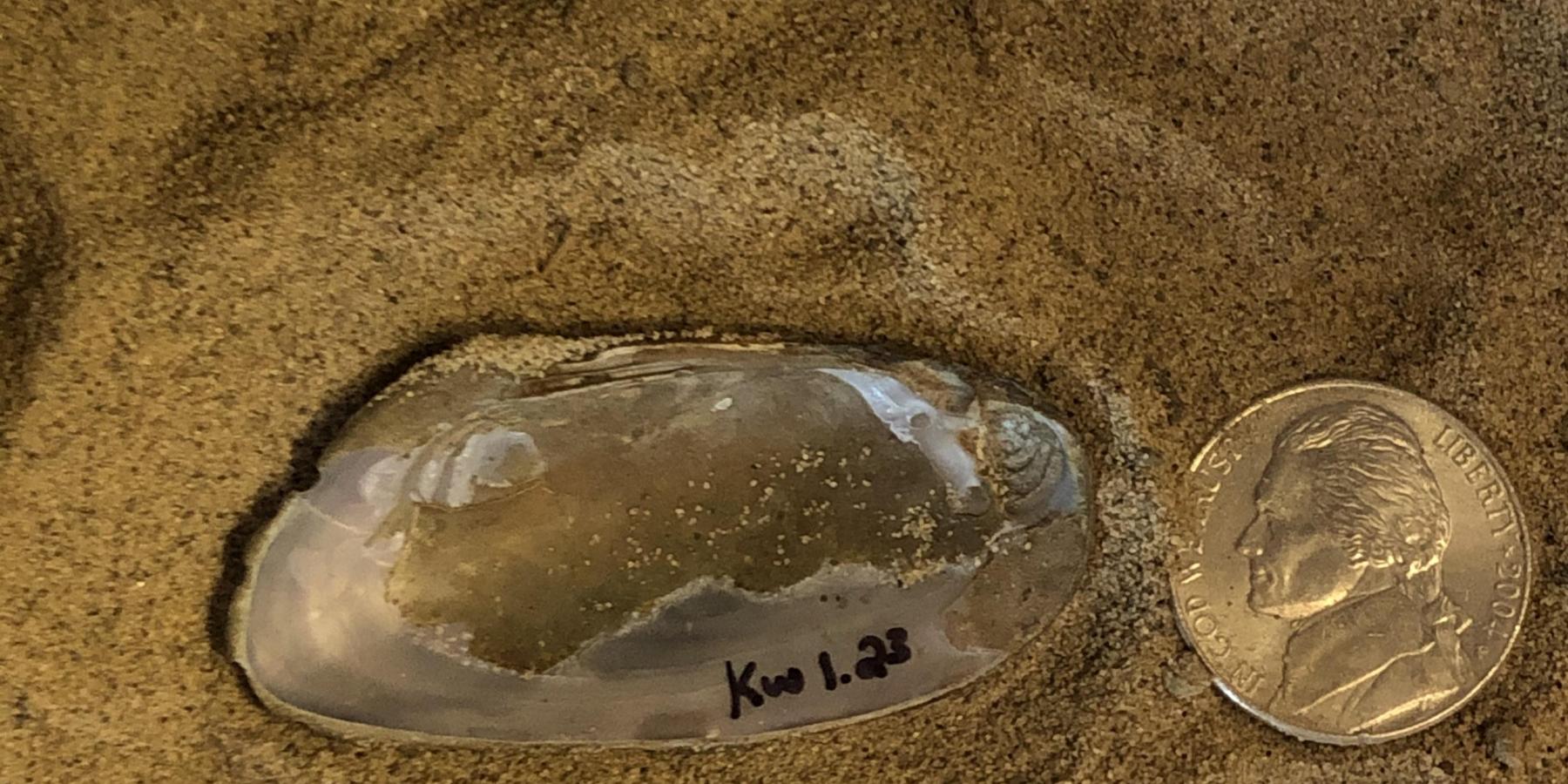
Support
St. Lawrence University is located in a geologically unique location close to the boundary of the Adirondack highlands and lowlands. In these waterways, insoluble elements systematically decrease downriver from the Adirondacks to the St. Lawrence Lowlands, while the water pH increases. Freshwater bivalves are threatened because of degradation of their habitats due to human activities. Anthropogenically induced changes in pH like for example due to acid rain are among the factors imperiling these organisms. I looked at whether or not the clam’s shell shapes differed in bivalves from the highlands and lowlands. After collecting bivalves from the Adirondacks, the samples were cleaned, numbered, and photographed. The bivalves were then landmarked in a predetermined order and then the locations of the landmarks between the samples were compared in a program called morpho-j. It was found that there was a change in shape between the bivalves from the Highlands and Lowlands. More work needs to be done with this study to determine if this change is significant.

